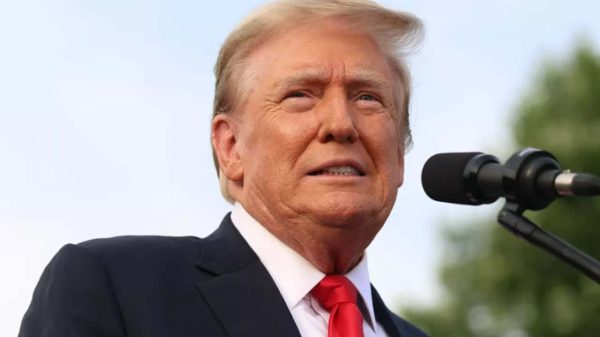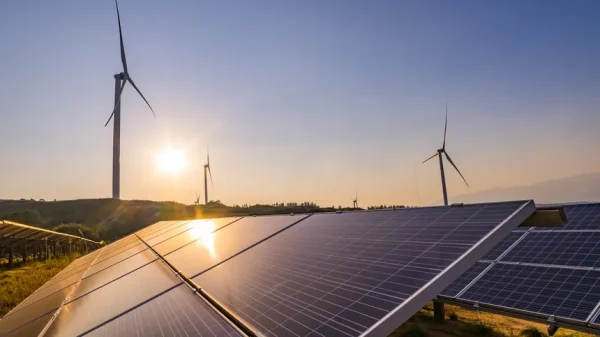The International Energy Agency (IEA) has forecast that nearly half of the world’s electricity will be powered by renewable energy by 2030, a significant growth from the current level. According to the IEA, the world is on course to add the equivalent power capacity of China, the European Union, India, and the US combined, approximately 5,500 gigawatts (GW), via renewables. This massive growth will come from the increased adoption of solar panels, wind turbines, and other green power sources.
However, despite this significant progress, the IEA’s forecast still falls short of the goal set by the UN to triple global renewable capacity by the end of the decade. Fatih Birol, the IEA’s executive director, attributes the growth in renewables to their cost-effectiveness, stating that they offer “the cheapest option to add new power plants in almost all countries around the world.” As a result, the growth in renewables is “moving faster than national governments can set targets for.”
Despite this rapid growth, the IEA warns that countries must make a concerted effort to join green power sources to their power grids, as about 10 per cent of renewable electricity generation is not put to use due to grid constraints in several countries. To address this challenge, the agency recommends building or upgrading 25 million kilometers of pylons, cables, and other grid connections over the coming years. Additionally, the world needs 1,500 GW of storage capacity by 2030 to help address the challenge of integrating renewables into the grid.

IEA Predicts Surge in Renewable Energy by 2030, But Global Targets Still at Risk (Image via Getty)
China is set to account for nearly 60 per cent of renewable capacity installed worldwide over the next six years, bringing the country to almost half of the total capacity by the end of the decade. The UK Government is also pushing to ramp up capacity domestically, including launching a state-owned energy investment firm, GB Energy, which is set to boost offshore wind power. A recent report suggests that floating wind turbines could provide one-third of the UK’s total offshore wind capacity by 2050, employing 97,000 people and contributing £47 billion to the economy.
Floating wind projects are currently expensive to build, but the report predicts that costs could fall by 30 per cent over the next six years, making them more affordable. Energy Secretary Ed Miliband has emphasized the importance of leading the world in this cutting-edge technology, stating that it can speed up the transition to clean energy and secure good jobs and economic growth for the industrial heartlands.
While the IEA’s forecast is a significant step towards a cleaner energy future, it still falls short of the UN’s goal to triple global renewable capacity by the end of the decade. To achieve this goal, countries must make a concerted effort to upgrade their grid infrastructure and invest in storage capacity. The floating wind industry is expected to play a crucial role in this transition, and the UK’s efforts to lead the way in this technology could have significant benefits for the economy and the environment.



































